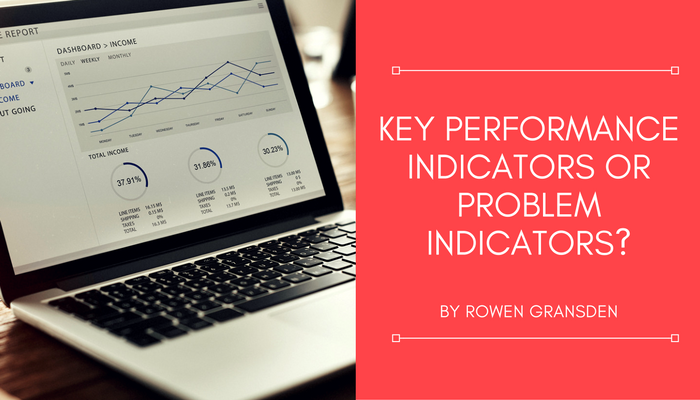
08 Dec Key Performance Indicators or Problem Indicators?
Implementing or revising a Key Performance Indicator (KPI) system in your business can bring benefits but may also be a challenge.
At the business owner level, KPIs are an invaluable performance monitoring tool and will keep you on track to achieving your business goals. But your management team and staff may not embrace KPIs with enthusiasm.
Tips on How To Engage Your Team
Senior managers and more junior roles may view KPIs as “Key Problem Indicators”. You may find resistance to their implementation from some of your senior managers through to lower levels within your company.
To encourage your managers and staff to accept KPIs, we recommend the following process:
- Consult with senior managers individually first. It is important to meet with them individually so they can speak freely without fear of looking inferior in front of their peers. Get your managers’ input on what is achievable and relevant for their line of business. The purpose is not to lower the benchmark but to gain insight on what should and can be measured.
- Ask your senior managers to use the same consultation process with their team. Frontline staff can have greater insight into everyday issues than managers who are not ‘on the tools’ at all times.
- Identify any fears or concerns managers may have about KPIs (rational or irrational) and address them one by one. Managers may fear looking bad in front of peers, loss of pay or ultimately, losing their jobs. Reassure them your purpose for introducing KPIs is to help them better manage their area and improve the performance of the business.
- Ask managers to talk with their staff individually and address any fears of concerns they may have. Again, it is important to do this privately so your staff can speak freely.
- Run the first quarter of the KPI rollout as a trial. Discuss the reports with your managers in private, particularly areas of underperformance. You need to be certain you are capturing and reporting the right data and have the right benchmarks in place.
- When the business is under performing, ask your managers and their staff for suggestions on how it can be improved. Show your managers and staff KPIs are about improvement, not retribution.
The Benefits of Key Performance Indicators
The great thing is that an effective system will provide information on the things that are crucial to your business success (sales, profitability and customer satisfaction) and, if necessary, provide a drill down mechanism to understand where the opportunities for improvement lie.
Each area and person within a business has unique outputs and these need to be identified and analysed as to what constitutes the level of required output.
The whole purpose in implementing a system is to ensure that everyone in your business is engaged and focussed on their personal and functional contributions required to achieve the overall strategic objectives.
There is no ‘one size fits all’ with a KPI system, it needs to be tailored to your business.
How to Establish Functional KPIs
A well-structured KPI system should be like the dashboard on your car – at a glance you see the important indicators and have alarms for when things are not working as they should. Use the business rule, what you can measure, you can manage.
Considerations when setting up effective KPI systems include:
- Identification of financial and non-financial measures that reflect your business goals.
- Frequency and ease of capturing data and reporting
- Engaging reporting formats which show trends
- Cascading KPIs from top down
- KPIs that are easy to explain so they are understood by all employees
- Setting realistic departmental and individual KPIs – they should be motivators to achieve
- Ensuring ownership for KPIs and assigning responsibility for achievement to the appropriate manager
- Setting interdepartmental KPIs to improve collaboration



